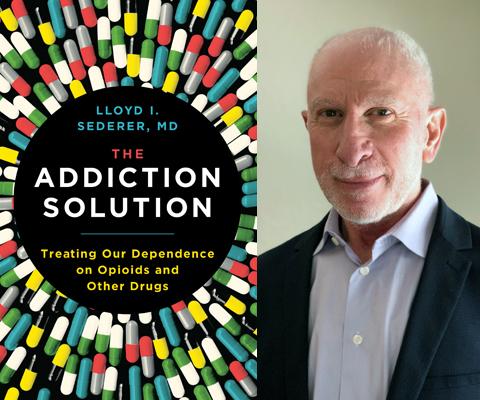(5-25-18) I had no idea.
I’ve known for years that Joanna Walker was a tireless advocate in Northern Virginia for individuals with mental illnesses. What I didn’t know until I attended a recent This Is My Brave performance was that she had once been depressed and suicidal. Nor was I aware that she was a talented signer who chose to tell her story both with words and by singing a poignant original song.
On Another Day was written by her daughter, Emily.
Thank you Joanna and Emily for sharing your talents. And thank you, Jennifer Marshall and This Is My Brave for continuing to offer opportunities to individuals with mental disorders to share their personal recovery stories!





